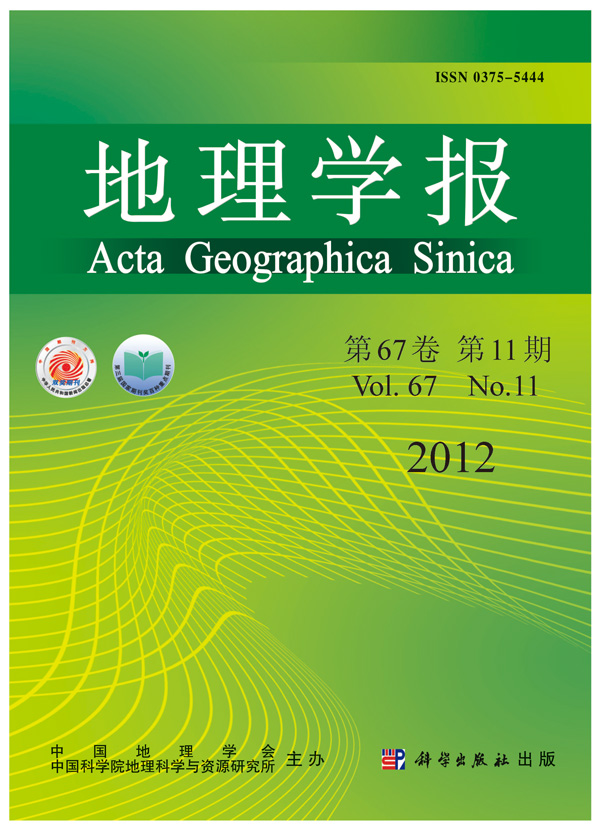ZHANG Jinhe, LI Man, CHENG Jing, ZHOU Jing, WANG Nannan
Tourism waste is by-product of resources consumption and digested by environment, which is the root causes for tourism waste generating environmental and ecological impact. There is a growing interest in tourism waste and it is a new frontier in the field of tourism geography. This paper puts forward and selects six variable indicators, namely tourism solid waste, wastewater, excrement, SO2, NOx and dust, which include three kinds (solid, liquid and gas) of tourism waste and express the quality of the environment, and chooses per capita tourism income to express the development of tourism economy. The aim of this study is to identify the relationship between the environmental quality indicators and per capita tourism income. It, taking the Huangshan National Park as an example, uses the time series data from 1979 to 2010, and tests the environmental Kuznets curve fitting of tourism waste. Four conclusions can be summarized. (1) There is environmental Kuznets inverted U-shaped relationship between the solid and liquid tourism waste emissions and tourism development, but not for the gaseous tourism waste. (2) The turning point of the inverted U-shaped curve of solid waste emissions is 4596.01 t, wastewater emissions is 731491.46 t, and excrement emissions is 15866.43t, with the turning year of 2015. (3) Application of technology plays a larger role in the improvement of ambient air quality in the scenic spot. When energy consumption decreased by 1% per ten thousand yuan, variable values of SO2, NO2 and PM10 would decrease by 3.38%, 4.25% and 0.78%, respectively. Environmental regulation has significant effect on the quality control of the scenic surface water. The rate of wastewater discharge standards increased by 1% as the COD value of the surface water decreased by 3.41%. (4) Tourism waste emissions do not inevitably lead to the decline of the scenic environmental quality, thus restructuring the tourism industry, increasing scientific and technological applications and to strengthen environmental regulation are key means to control environmental pollution and ecological impact of tourism wastes.
